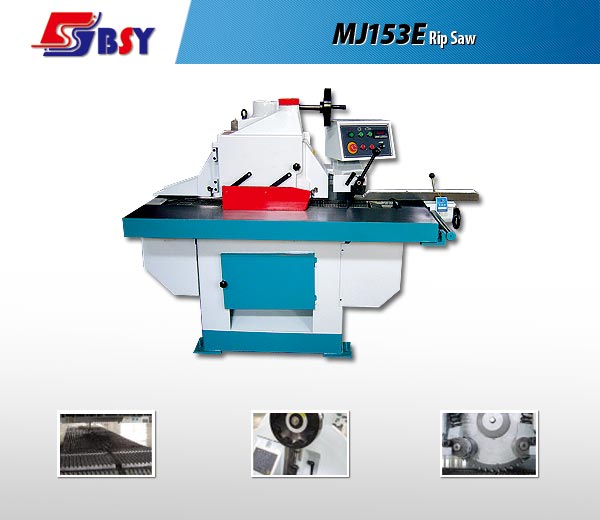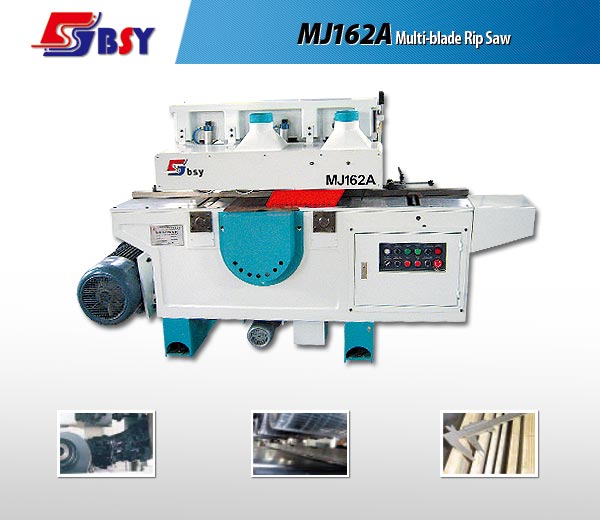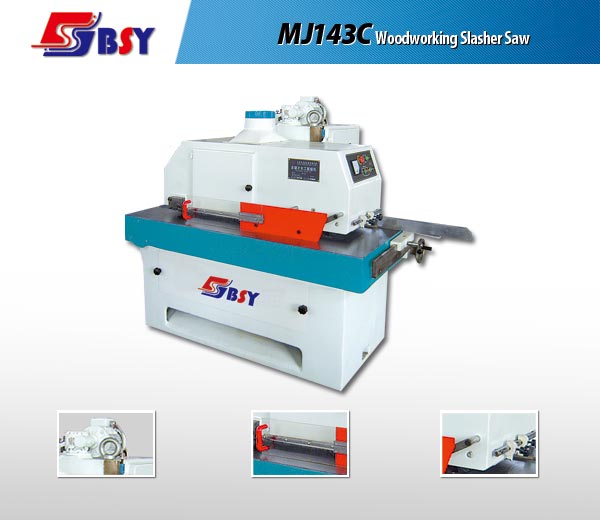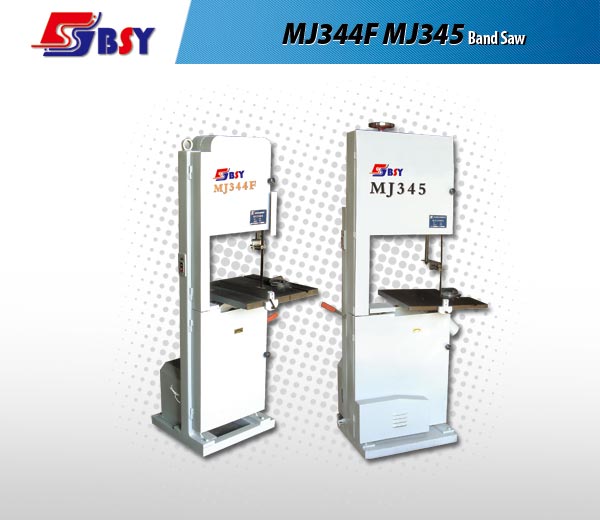 |
| MJ153E Precision Rip Saw |
| A rip saw is a saw that is specially designed for making rip cuts. The cutting edge of each tooth has a flat front edge and it is not angled forward or backward. This design allows each tooth to act like a chisel (as opposed to a knife as with the crosscut saw), which prevents the saw from following grain lines. By acting like a chisel, the saw can more easily cut across grain lines, which is necessary if a straight cut is to be achieved. |
|
 |
|
 |
| MJ16 Series Multi-blade Rip Saw |
| A rip saw is a saw that is specially designed for making rip cuts. The cutting edge of each tooth has a flat front edge and it is not angled forward or backward. This design allows each tooth to act like a chisel (as opposed to a knife as with the crosscut saw), which prevents the saw from following grain lines. By acting like a chisel, the saw can more easily cut across grain lines, which is necessary if a straight cut is to be achieved. |
|
 |
|
 |
| MJ14 Series Multi-blade Rip Saw |
| A rip saw is a saw that is specially designed for making rip cuts. The cutting edge of each tooth has a flat front edge and it is not angled forward or backward. This design allows each tooth to act like a chisel (as opposed to a knife as with the crosscut saw), which prevents the saw from following grain lines. By acting like a chisel, the saw can more easily cut across grain lines, which is necessary if a straight cut is to be achieved. |
|
 |
|
 |
| MJ345&MJ344 Band Saw |
| A bandsaw is a power tool which uses a blade consisting of a continuous band of metal with teeth along one edge to cut various workpieces. The band usually rides on two wheels rotating in the same plane. The saw may be powered by electrical motor. Bandsawing produces uniform cutting action as a result of an evenly distributed tooth load. Bandsaws are used forwoodworking, metalworking, or for cutting a variety of other materials, and are particularly useful for cutting irregular or curved shapes, but can also be used to produce straight cuts. |
|
 |
|